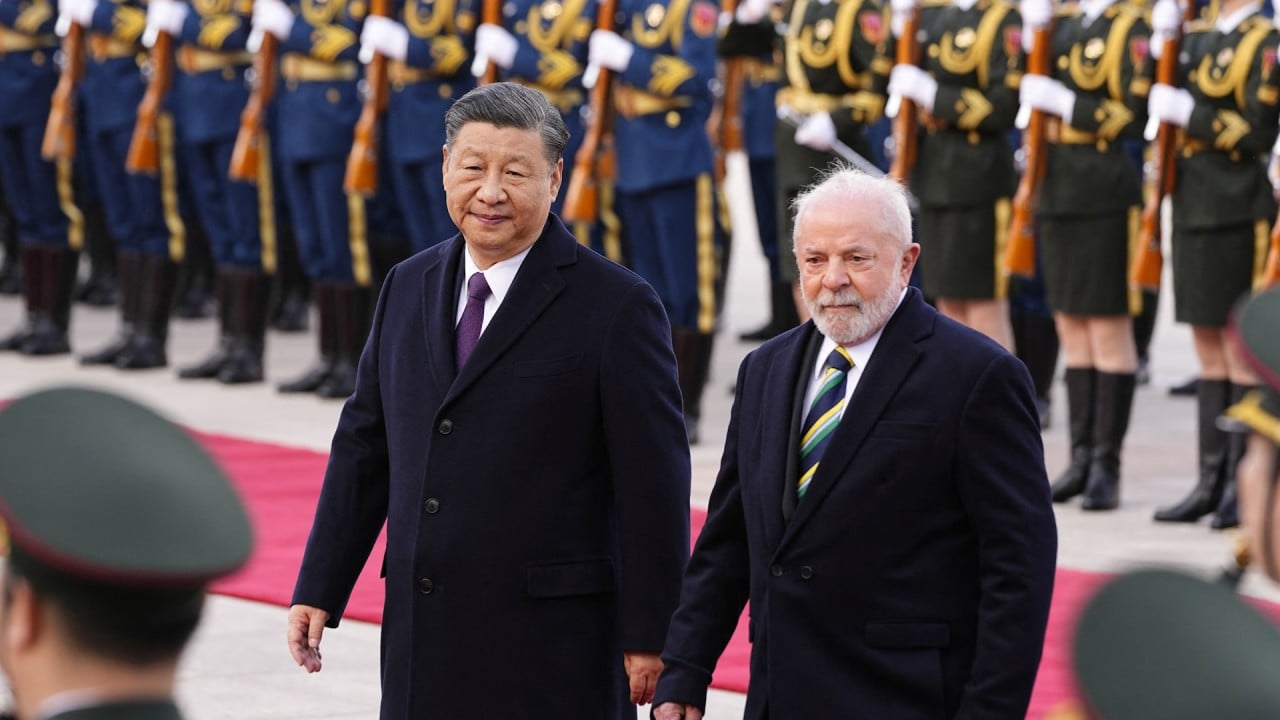
Letters | Brics bloc needs a unifying theme like the Belt and Road Initiative
- Readers discuss how the group including China and India can reach its potential, fear of animals, social media’s role in the death of a whale, and litter bins in Hong Kong
Following its first summit meeting in 1975, the Group of 7 has directed the world economy through institutions such as the World Bank and International Monetary Fund. However, it lost much of its sheen during the 2008 financial crisis. In comparison, the Brics countries – Brazil, Russia, India, China and South Africa – now hold more economic influence than they used to.
China on its own has spent more than US$2.3 trillion in overseas investment and construction since 2005. In contrast, the Brics-led New Development Bank (NDB) has invested US$32.8 billion since 2015, with projects restricted to the five member countries. Meanwhile, India has extended 306 lines of credit for developmental assistance to 65 countries.
But it will be difficult for India to resist the inclusion of the Belt and Road Initiative in the Brics bloc. The initiative could make the NDB a viable alternative to the IMF and World Bank, and the founding members of the NDB could become significant lenders by pooling their resources.
Brics does not need to replace the G7, but it can create a new system for the Global South. China’s Belt and Road Initiative could be the unifying theme the bloc and the NDB need.
Dr Somen Banerjee, senior research fellow, Maritime Research Centre, India
Educate people on animal rights and catch them young
We are ruining our world, not only for ourselves but for other living creatures. Both adults and children need to be educated so that all creatures are treated with empathy and understanding.
Fearful parents encourage fear in their children, a sad cycle that can only be broken by a continuous public campaign and a concerted effort by schools to emphasise the need to protect our environment and treat all living things humanely.
Joan Miyaoka, Sha Tin
Did social media help kill the whale?
Who is the main culprit in the death of a rare visitor to Hong Kong waters?
News of the discovery of the Bryde’s whale carcass, which had a fresh wound, lit up social media, where many blamed the whale watchers and the government.
I believe that the boatmen and social media are also, and perhaps mainly, to blame for the fate of the whale. Social media users on platforms like Xiaohongsu might have inadvertently promoted whale watching as a hot new activity, by sharing pictures of the whale that whetted appetites and tempted more people to go on those sightseeing boat tours.
Here in Hong Kong, we should reflect on our inadequate regulation and lack of conservation awareness. I hope no more animals will die in connection with sightseeing activities.
Jeffery Lam, Tseung Kwan O
Litter bins should be back in full force
Even though Hong Kong didn’t boast squeaky-clean streets, I took pride in the relative cleanliness. We used to have adequate litter bins all over Hong Kong. During the protests, many of them were understandably gone.
But why aren’t the bins back in place? Hong Kong has returned to normal, yet the cleanliness seems to deteriorate with every passing day. I see litter strewn across the streets. For example, outside a nearby MTR station, one can see cigarette butts on the street, empty drink cans, cardboard boxes discarded after their contents were taken out.
Hong Kong is Asia’s World City. Action must be taken on littering, so Hong Kong doesn’t become Asia’s Garbage City.
Sudhir Sundararaju, Sheung Shui


